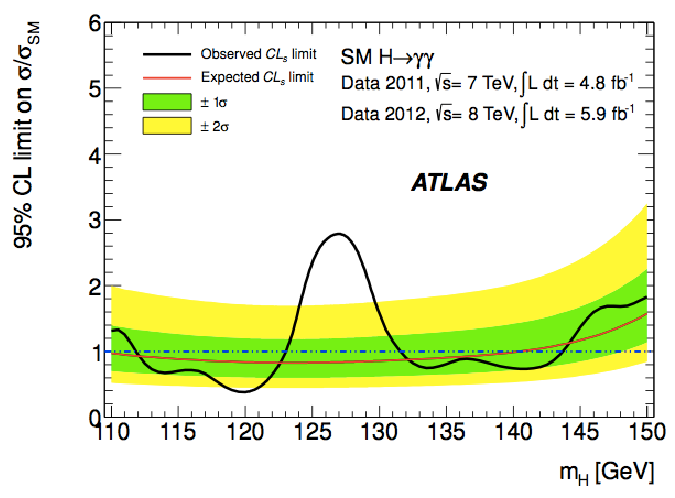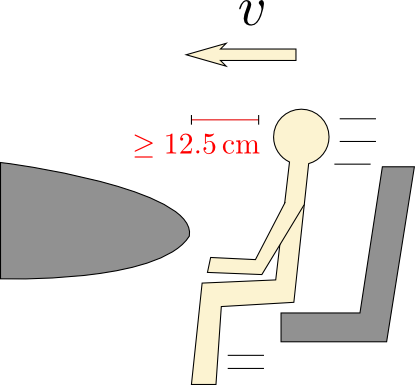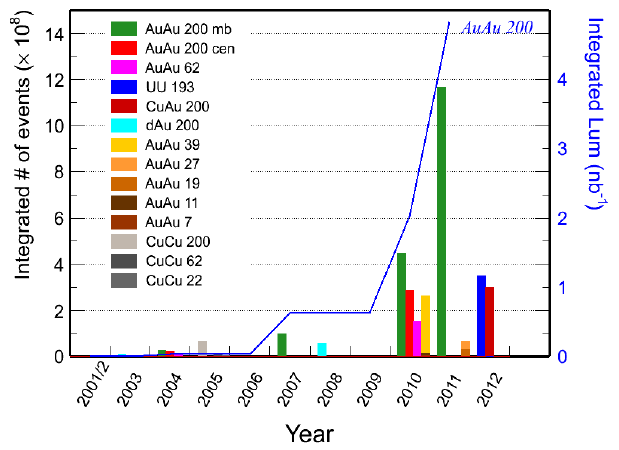B meson oscillations and the CPT theorem
Posted by David Zaslavsky on
As if last week’s announcements of new Higgs results, B-dimuon decay, the rediscovered Y(4140), and all sorts of other goodies at HCP 2012 weren’t enough, there’s more big news from the world of experimental particle physics this week. A paper published just a few days ago in Physical Review Letters (here’s the PDF, and the arXiv page) describes the first observation ever of actual time reversal asymmetry: a difference between the behavior of a particular physical process and the time-reversed version of the same process.
Lest you get too excited, though: this has nothing to do with actual reversing of time, so it doesn’t mean time travel is possible or anything like that. And in fact, nobody in physics is the least bit surprised that it worked out the way it did. There is a theorem in physics called the CPT theorem (or sometimes PCT, or TCP, but not that TCP) which basically guaranteed that time reversal asymmetry had to show up somewhere. The theorem is suddenly getting a lot of attention in the news coverage of the discovery, but it’s technical enough that most people aren’t bothering to explain it. I …





